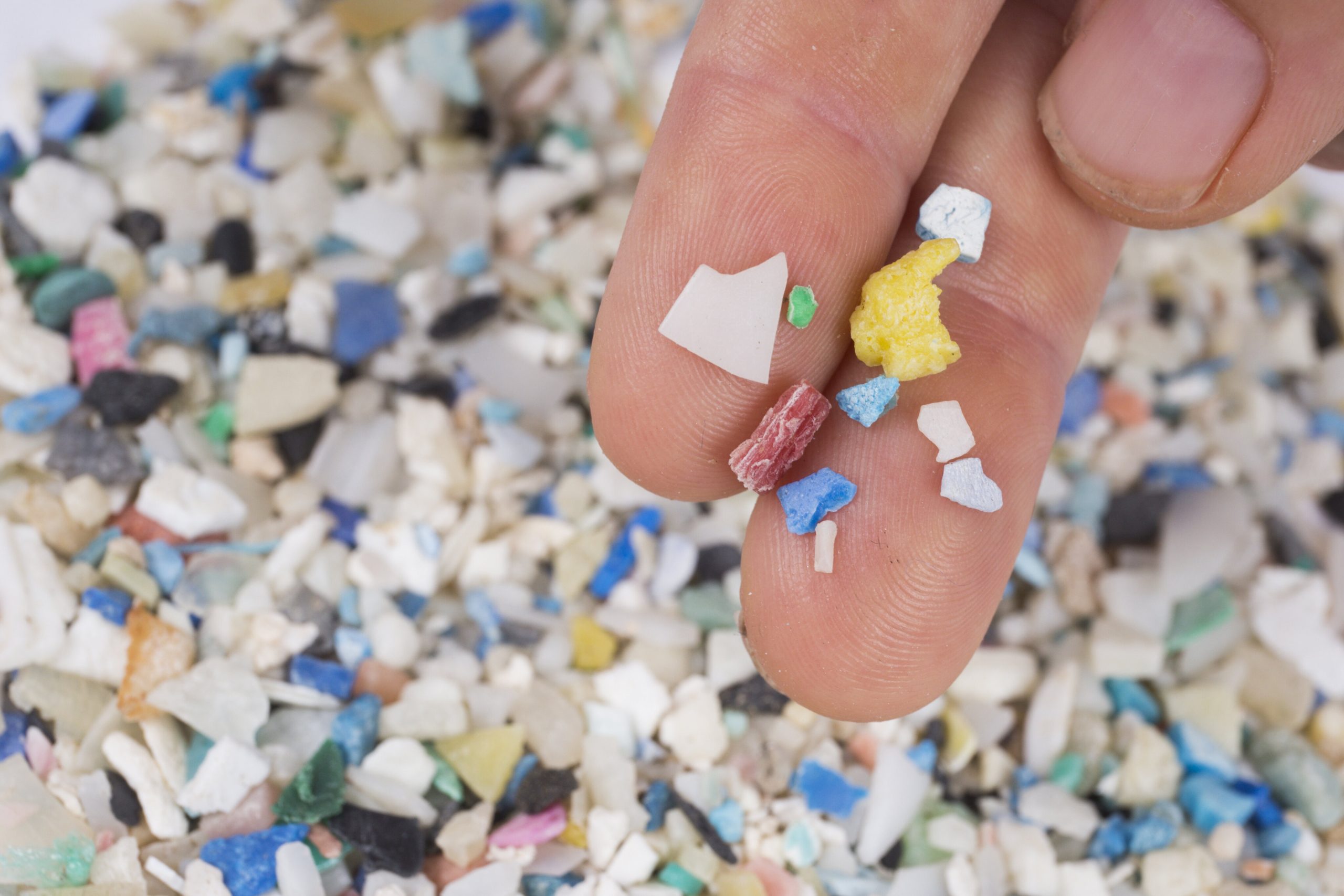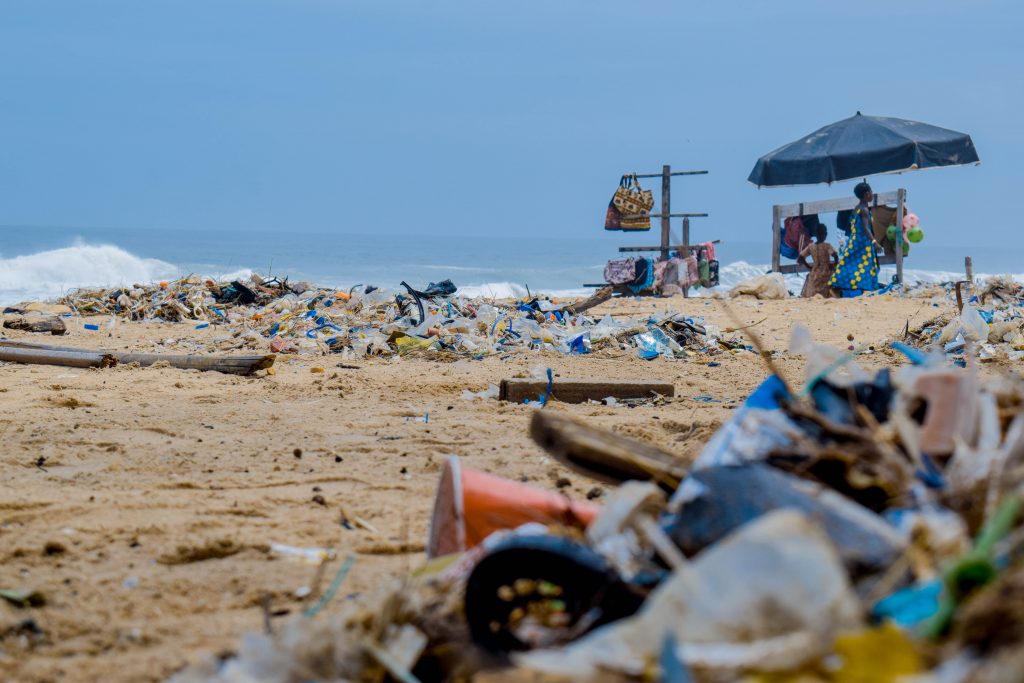What are microplastics and why should we care?
Microplastics have quickly become a hot topic for oceanographers because the new form of pollution has taken over the globe and researchers are just now discovering the scale of its distribution.

Microplastics can be defined as tiny particles of plastic that range from 1 μm (0.001mm) up to 5 mm, depending on the study (Frias and Nash, 2019). This novel pollutant comes from the breakdown of larger plastics in the ocean mainly due to solar radiation and the inputs of smaller plastics like microbeads from land sources (Andrady, 2011). Unfortunately, a large proportion of the microplastic inputs come from industry sources and may require large scale changes in production to fix (Schuhen, Sturm and Herbort, 2018).

While microplastics make up a large proportion of the plastic pieces in the ocean, they are not well monitored or easily detected and, as a result, are not well understood (Henderson and Green, 2020). For example, many people know of the “Great Ocean Garbage Patch” in the Pacific Ocean. However, few know that microplastics make up 8% of the plastic mass and 94% of the individual pieces of plastic debris, which is an estimated 1.8 trillion (Lebreton et al., 2018). Since microplastics are abundant and difficult to manage, it is no surprise that there are few studies on the impacts on humans. This field of research may be particularly interesting in the coming years as there have been significant impacts for wildlife (Wright and Mudway, 2019).

Should we be worried about microplastics?
“We’re seeing a lot of effects now that we were unaware of on a biochemical and hormonal level that are concerning and may have long term issues that will come out in the next few years,” says Dr. Michael Lipsen of the Earth, Ocean and Atmospheric Sciences Department at the University of British Columbia. “I think now the biggest issue [as scientists] is to try to inform the public as best we can over what the real threats are… We need to accept that [it will take change] as a consumer base and be willing to pay extra money for these kinds of things.”
While there has been some progress with reducing plastic input to the ocean through public campaigns such as the banning of microbeads and plastic straws, these initiatives address a “relatively small problem compared to the big problem of looking at the major sources” explains Lipsen. By analyzing the inputs of plastic, it may be possible to start to minimize the pollution and encourage corporations and industry companies to lower plastic outputs. Overall, it is clear that more work must be done to reduce the increasing abundance of plastic on our coastlines and beyond.
Related Articles
Pesky Plastic: The true harm of microplastics in the oceans
Tracking Ocean Plastic Pollution From Space
Distributions of litter and microplastics globally: Litterbase
Hello , i just came across this blog and found it very interesting and educative. Will like to hear more from you guys. We recently published similar stuff which might be a good fit. https://cannabismedshop.org/